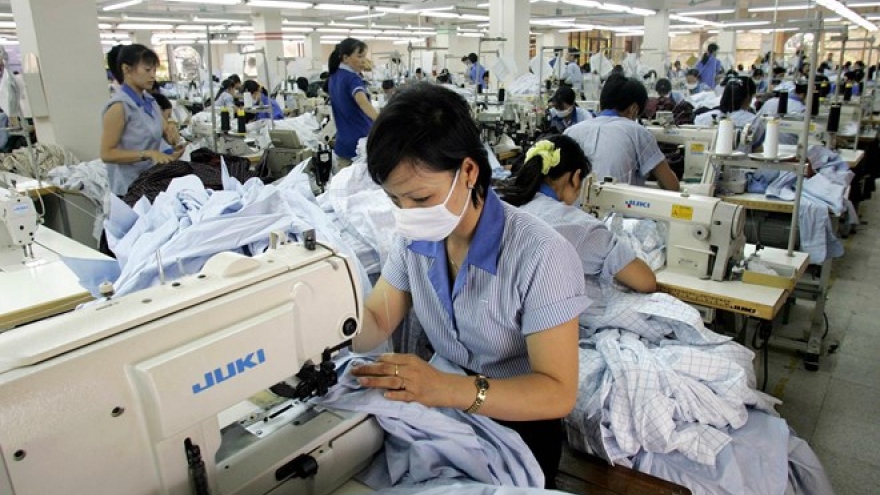Khang said his firm saw a year-on-year drop of 30% in the number of orders in the first five months, for which he blamed overstock and falling demand in import markets.
In addition to that, export prices have plunged by 10%-15% while the firm still has to pay wages, insurances and transportation costs, which are on the rise, he added.
Phi Viet Trinh, Deputy Director-General of Ho Guom Garment SJC, said the orders the company received from overseas customers fell significantly in March and April, and only started to rebound in June.Several trade deals, including the Trans-Pacific Partnership (TPP) and the Vietnam-EU Free Trade Agreement, have not yet come into effect so that Vietnam’s garment customers could not benefit from any preferential tax regime from those agreements and importers tend to turn to other foreign manufacturers with more tariff advantages.Many traditional customers of Vietnam have shifted their orders to Myanmar, Laos and Cambodia as these countries enjoy reduced import duties from the United States and the EU, the two largest buyers of Vietnamese garments, noted Chairman of the Vietnam Textile and Garment Association (Vitas) Vu Duc Giang.Statistics by the Ministry of Industry and Trade show that the textile and garment industry earned about US$8.6 billion from exports during the first five months of 2016, an increase of 6.1% from the same period last year, largely thanks to exports by foreign direct investment (FDI) enterprises.
However, Vinatex, who contributes about US$4 billion to the annual export revenue of the sector, forecast that the entire industry could only fulfill 93.6%, or US$29.5 billion, of the export goal.
